Introduction of African Kenyan AA grade coffee coffee flavor description brewing parameters of hand-made Kenyan coffee
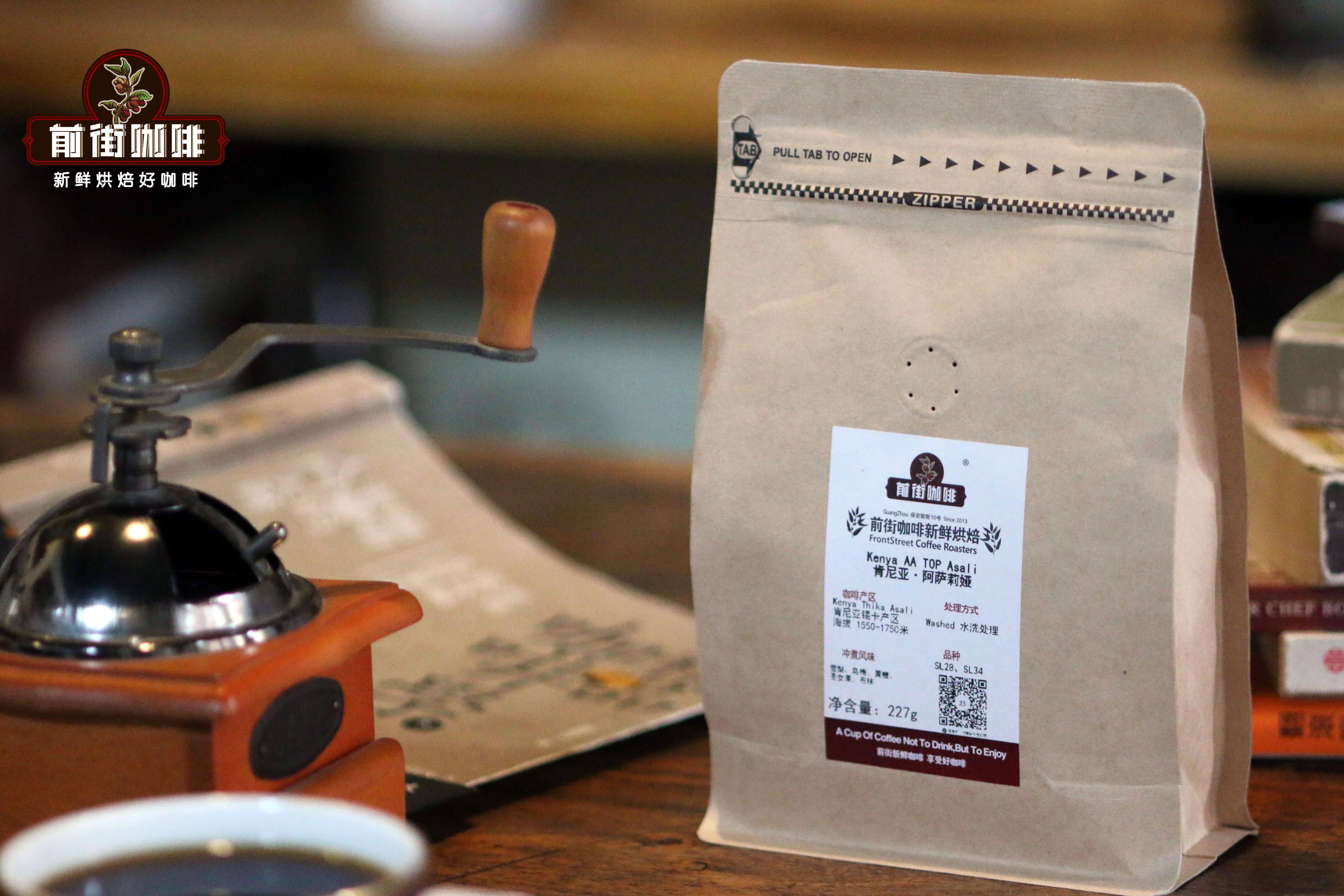
Front Street Coffee: Kenya Asalia Coffee beans
Producing area: Sika Thika, Kenya
Processing Plant: Asali Honey processing Plant altitude: 1550-1750 m Classification: AA TOP Variety: SL28,SL34 treatment: Kenya 72 hours washing
Raw coffee beans in Kenya are classified and graded according to their size, color, shape and density. Kenyans believe that the size of coffee beans is the most critical factor in quality, and coffee beans with larger particles and more uniform shape are more conducive to the transformation and accumulation of aromatic substances during roasting. As a result, the largest and best Kenyan coffee beans were rated as Kenyan AA. The Kenyan coffee beans launched on Qianjie are selected from the highest AA grade, showing a classic Kenyan sour flavor.
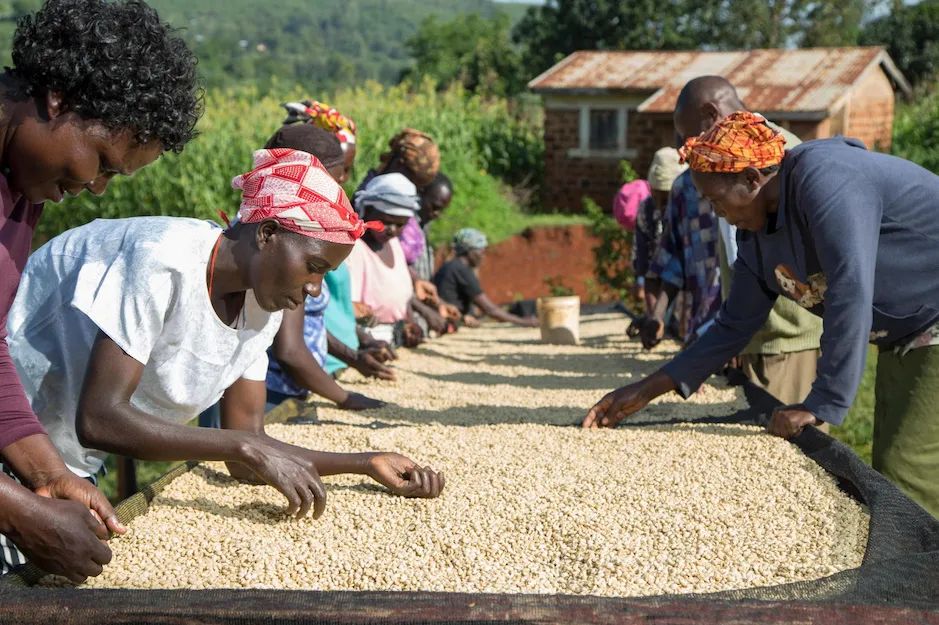
Kenya Sika producing area (Thika)
Sika is a small town in Nairobi, the capital of Kenya. There are many coffee fields around Nairobi, and Sika is an industrial town, but surrounded by agriculture and waterfalls. There are about 2000 farmers in Sika. The planting history of Kenyan Sika coffee can be traced back to the end of the 19th century. Coffee trees were introduced from neighboring Ethiopia in the north and improved by their own varieties. At present, the common varieties are Bourbon, Kents, SL34, SL28, Typica and Riuri 11. Now about 90% of the coffee varieties are SL34 and SL28. The new variety Batian published in 2007 has not been planted in large quantities. The flavor of the region has bright acidity, thick berry juice and honey sweetness.
Kenyan washing
The biggest difference with Central and South America is that the Kenyan water washing treatment uses double fermentation, which is our common K72 water washing treatment. After the coffee was harvested, the best quality coffee berries were selected for peeling and fermentation. the fermentation time was 24 hours, and then washed with clean water after 24 hours.
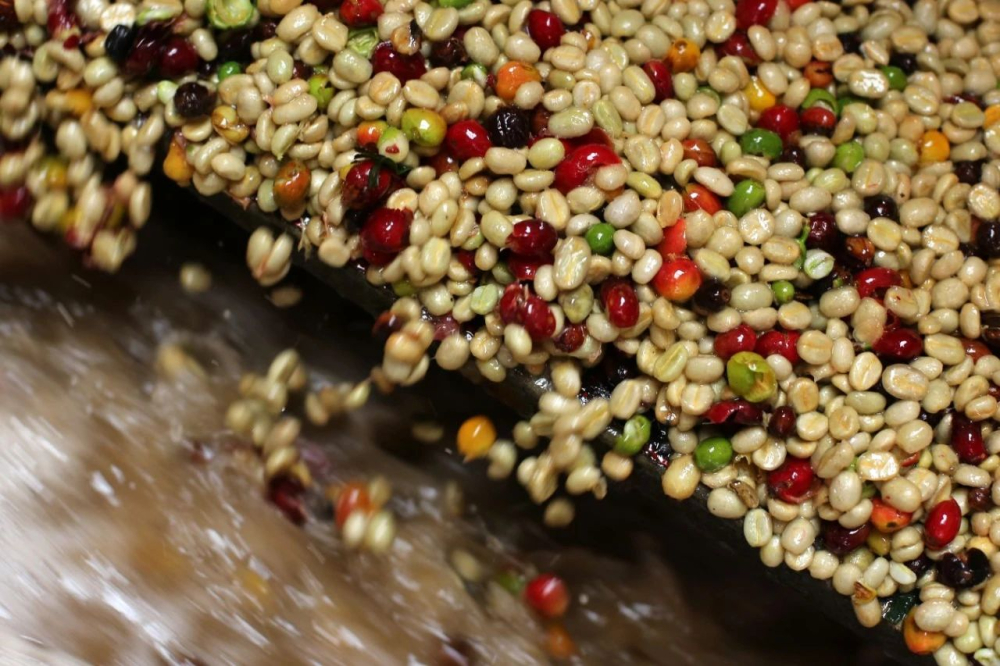
Then, it is fermented for 24 hours with clean water, then washed, and repeated for 3 times to reach 72 hours, so it is called Kenyan 72-hour fermentation water washing treatment, referred to as [K72]. Qianjie Coffee believes that K72 water washing will improve the acidity and cleanliness of coffee beans compared with conventional water washing.
SL28 and SL34 coffee varieties
The main varieties of Kenyan coffee are SL28, SL34, K7, Ruiru11 and Batian, of which SL28 and SL34 account for 90% of the total output of high-quality coffee beans in Kenya. SL refers to the Scott laboratory in Kenya Scott Laboratories,20 in the 1930s, a large number of coffee berry disease broke out in Kenyan coffee trees, so Scott laboratory was entrusted by the government to cultivate new disease-resistant varieties. Among the research and development achievements, No. 28 and No. 34 have strong disease resistance and outstanding flavor. So farmers began to plant a wide range of two varieties. The SL series belongs to the bourbon family of coffee trees and shows excellent acid quality in Kenya. Through the cup test in Qianjie, we feel that SL28 and SL34 show a good sense of sweetness, balance and complex flavor, as well as remarkable characteristics of citrus and black plum.

The flavor of Kenyan AA coffee beans on the front street.
This Kenyan coffee from Qianjie has the flavor of black berries and drupes. In order to retain more fruity aroma, Qianjie roasters choose light roasting. Qianjie through the cup test comparison, dry aroma is small tomato, black plum, caramel aroma, entrance dark drupes, such as Brin, plum, apricot taste, acid saturation. Therefore, Qianjie is also trying to retain more fruity flavor of Kenyan AA.

Light roasted coffee beans retain more flower and fruit aromas of high altitude coffee beans. Compared with medium and deep roasting, light roasted coffee beans have a more compact internal structure, which requires higher water temperature and finer grinding to better stimulate the flavor substances of coffee. Here, Qianjie will be extracted with hot water of 92-93 degrees Celsius, and the grinded Qianjie will use a standard sieve 20 with a pass rate of 80%.
The flavor description of each coffee on the front street is based on freshly roasted beans. If the beans have been stored for more than a month, the aroma is likely to have been lost and it is difficult to restore when brewed. Qianjie is also well aware of the importance of freshness, so it will ensure that only coffee beans freshly roasted within 5 days are shipped, so that everyone can enjoy the most complete taste period when they receive it.

In the selection of filter cups, Qianjie baristas are used to use resin V60 filter cups to extract medium and shallow roasted coffee beans. The body of the V60 filter cup has a large round hole connecting the diversion ribs at the top and the bottom and the center, which speeds up the flow rate of the water, while the spirally shaped exhaust trough is designed to lengthen the flow path and increase the contact time of coffee powder and hot water. each flow of water converges along the groove to the center of the filter cup, the pressure on the coffee powder is concentrated, and the coffee extracted is more layered.
The parameters for hand punching are:
Filter cup: V60
Water temperature: 92 degrees Celsius
Powder content: 15g
Ratio of powder to water: 1:15
Degree of grinding: fine sugar size (20 sieve bowl sieve powder to 80%)
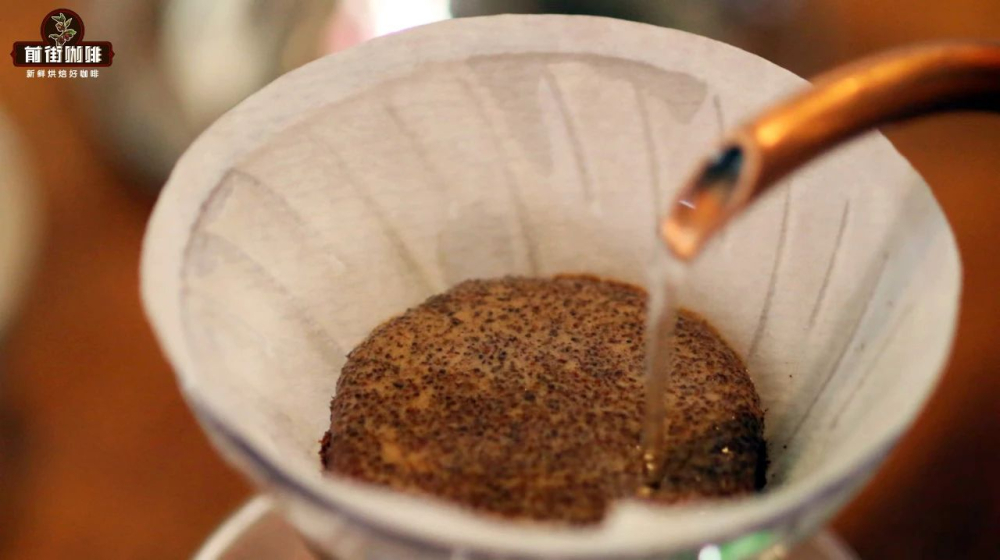
Three-stage extraction: first pour 15g coffee powder into the filter cup to clear the weight, the first stage is injected with 30g water for steaming for 30 seconds, at the same time, the whole small water flow center injection begins to circle outward, pay attention to the need to moisten the whole powder layer. In the second stage, 120g of water is injected with a larger flow of water, in order to raise the entire powder layer, and the water column needs to be injected vertically and evenly, and the chronograph shows 150g, which is finished in about 55 seconds. When the liquid level drops to half of the position, start to use a small flow around the small circle to inject 90 grams of the third section, try to control the flow is too large, easy to break the coffee powder layer and cause insufficient extraction. The final amount of water injection is 240 grams, and the completion time of drip filtration is about 2 minutes and 10 seconds. After removing the filter cup, shake the coffee liquid in the sharing pot and start tasting.
This Kenyan Asaria coffee tastes like black brin, black plum and other dark fruits, while the medium temperature is the thick sour and sweet taste of apricot and drupe, with a round black tea finish.
Professional coffee knowledge exchange more coffee bean information please follow the coffee workshop (Wechat official account cafe_style)
For more boutique coffee beans, please add private Qianjie coffee on Wechat. WeChat account: qjcoffeex
Important Notice :
前街咖啡 FrontStreet Coffee has moved to new addredd:
FrontStreet Coffee Address: 315,Donghua East Road,GuangZhou
Tel:020 38364473
- Prev
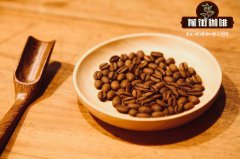
How about Timor coffee? what are the origins of Timor, Timor and Katim?
Timor coffee plant variety-Timor hybrid Timor is called Timtim by local people, which is a hybrid between Robusta and Arabica, which was first discovered in Timor Island, Indonesia in the 1940s. Timor has been planted in large quantities because of its strong resistance to coffee leaf rust. Timo has 44 chromosomes, similar to
- Next
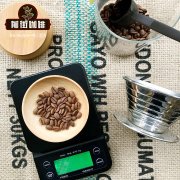
Taiwan Coffee planting History with twists and turns in Coffee producing ∣
Taiwan's history of contact with coffee is not long, only more than 140 years, and it is not an ancient country with a coffee culture, and it is also the last country to play an international role in coffee production. Today, however, Taiwan has a place in the global coffee arena. Not only have several coffee professionals won the global competition for all kinds of coffee, but Taipei has also been selected by BBC as the top six coffee cities in the world. Taiwan can have such a rocket jet.
Related
- Does Rose Summer choose Blue, Green or Red? Detailed explanation of Rose Summer Coffee plots and Classification in Panamanian Jade Manor
- What is the difference between the origin, producing area, processing plant, cooperative and manor of coffee beans?
- How fine does the espresso powder fit? how to grind the espresso?
- Sca coffee roasting degree color card coffee roasting degree 8 roasting color values what do you mean?
- The practice of lattes: how to make lattes at home
- Introduction to Indonesian Fine Coffee beans-- Java Coffee producing area of Indonesian Arabica Coffee
- How much will the flavor of light and medium roasted rose summer be expressed? What baking level is rose summer suitable for?
- Introduction to the characteristics of washing, sun-drying or wet-planing coffee commonly used in Mantenin, Indonesia
- Price characteristics of Arabica Coffee Bean Starbucks introduction to Manning Coffee Bean Taste producing area Variety Manor
- What is the authentic Yega flavor? What are the flavor characteristics of the really excellent Yejasuffi coffee beans?

